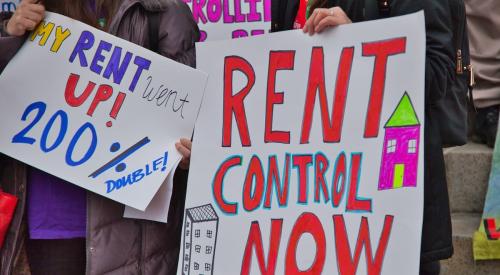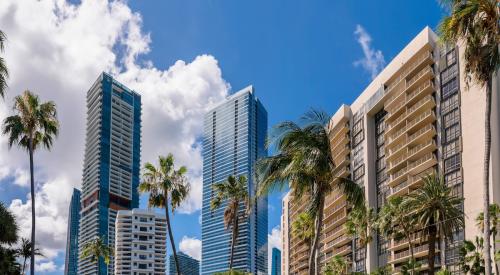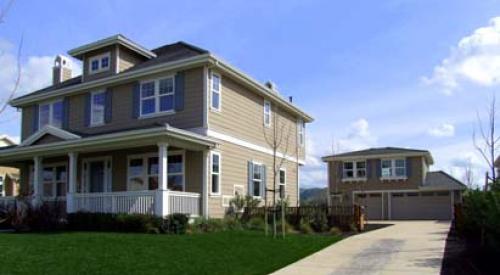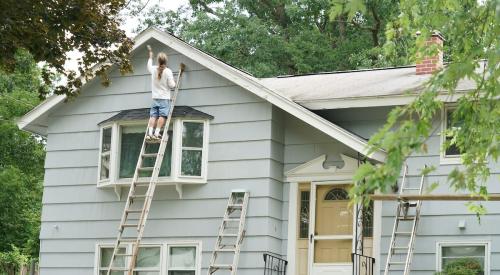Today’s homebuyers are hindered by an affordability crisis born out of a nationwide inventory shortage, rising inflation, and a homebuying boom during the middle of the pandemic that drove up demand and, subsequently, prices for available listings. One solution to those challenges is to prioritize new housing development, but even builders are financially strained and face higher costs for materials and labor, tighter lending practices, rising interest rates, and ongoing supply chain disruptions.
Those industry setbacks have decreased the likelihood that the U.S. will fill its shortage of affordable homes, a gap that widened by more than 500,000 units during the pandemic to what the National Low Income Housing Coalition estimates is a national shortage of 7.3 million homes for extremely low-income renters, The New York Times reports.
“Just as pandemic eviction moratoriums were expiring and resources were being depleted, the lowest-income renters entered a really brutal housing market,” said Diane Yentel, the president and chief executive of the housing coalition. “Rents are skyrocketing, costs across the board have increased with heightened inflation, and they have few to no resources to pay.”
Costs for materials and labor remain stubbornly high. Developers are responding by cutting back, including eliminating amenities, using cheaper materials, setting higher income cutoffs and reducing the number of affordable apartments on projects that mix affordable and market-rate homes.













